Dental cysts are actually sacs of tissue filled with either air or liquid and semi-liquid materials. These cysts can form anywhere inside the oral cavity, including the gums, lips, floor of the mouth, and around or near the teeth. However, they mostly appear around the teeth that have been damaged or even destroyed by infections. Dental cysts initially appear as slow-growing small, painless bumps; however, if they remain untreated, they will turn into a serious complication that can damage even healthy teeth. There is a need for oral and maxillofacial surgery to remove such cysts. Here I explain the most common dental and oral cysts.
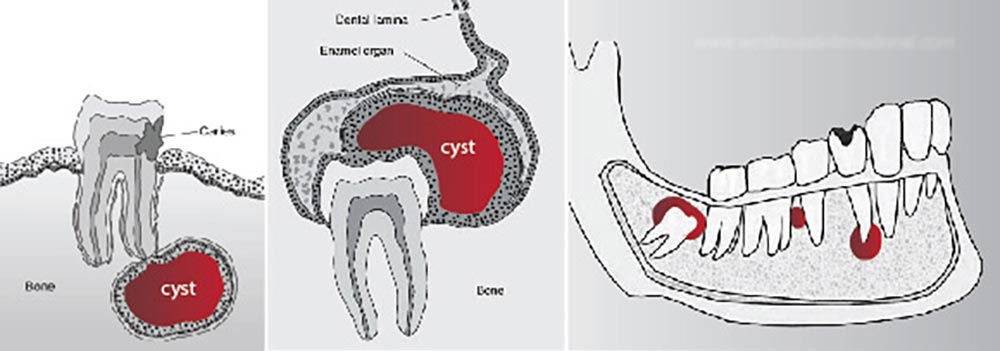
Types of oral cysts
The most common oral cysts can be divided into four general categories, each of which will be discussed below.
Mucous cyst (mucocele)
A mucous cyst, also known as a mucocele, is a fluid-filled swelling that occurs on areas of the oral cavity containing soft tissue such as the lips, tongue, or inner part of the cheeks. As one of the most common oral cysts, mucous cysts or mucoceles appear when the damaged tissues inside the mouth are irritated and usually heal spontaneously.
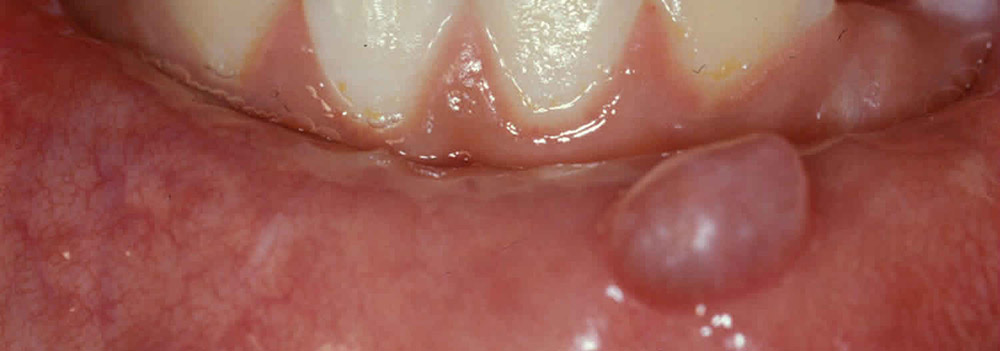
Periapical cysts
This type of dental cysts usually appears on the tooth base due to the nerve death or a complication of the pulp infection (central part of the tooth). The infectious materials leaking from a tooth cause the inflammation of surrounding tissues and the formation of cysts. Such cysts may turn into tooth abscesses.
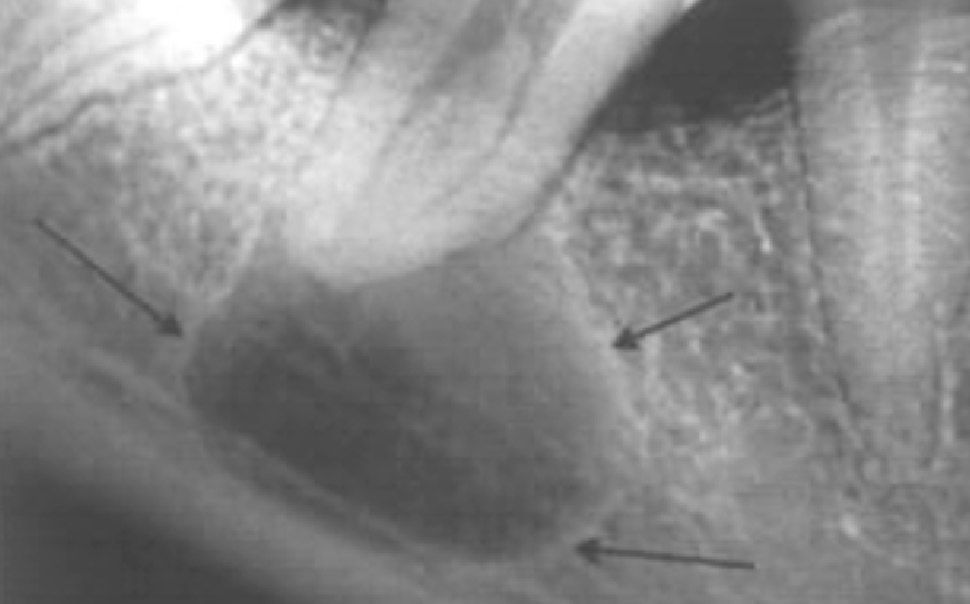
Odontogenic cysts
Odontogenic cysts, also known as radicular cysts or apical periodontal cysts, are a group of dental cysts that often appear on the jawbone and symptomatically grow quite large. Such cysts are caused by tooth pulp death or necrosis resulting from tooth decay or any other damage. If odontogenic cysts remain untreated, they continue their growth in a way that they weaken the jaw and damage the surrounding teeth.
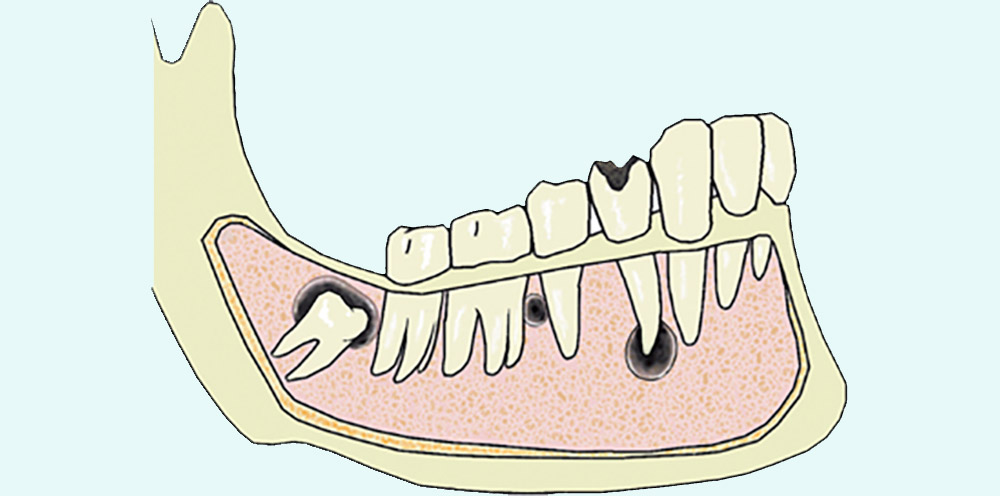
Follicular cysts
Follicular cysts usually appear around the crown of an unerupted or impacted tooth within the mandible due to the accumulation of fluid between the reduced enamel epithelium and the crown of an unerupted tooth. Follicular cysts can tilt adjacent teeth by imposing pressure on them. Such cysts can be removed through tooth extraction in a surgical procedure.

What is the difference between dental cysts and dental abscesses?
A dental abscess is a condition caused by acute bacterial infections. Due to some similarities, dental abscesses may be confused with dental cysts. It seems improbable that one is unaware of an abscess in their mouth because its symptoms include severe throbbing pain, swelling, inflammation, and fever. Moreover, they may cause the mouth to smell unusual. Dental abscesses cause sudden pain that gradually gets worse and spreads to the jaw and ear.
Symptoms of oral cysts
Infectious dental cysts are usually swollen, inflamed, and painful. The cysts on the gums are noticeable as a lesion or blister. By contrast, uninfected cysts usually have no obvious symptom. Therefore, if dental cysts are large and visible enough, they can be diagnosed only through methods such as x-rays.
The most common oral cysts FAQ
1-What can we do to prevent oral cysts?
To prevent oral cysts, maintain good oral hygiene and regularly visit a dentist for dental checkups. Note that oral cysts are less likely to be formed around healthy teeth.
2-What are the complications of oral cysts?
Oral cysts can pose many problems such as developing infections, weakening the jaws, and imposing pressure and deforming the adjacent teeth.
3-What are treatments for oral cysts?
Dentists or maxillofacial surgeons choose the best treatment for oral cysts based on the location, type, and size of cysts. The removal of some cysts requires a surgical procedure, whereas small cysts can be removed in a root canal treatment.
4-What are the causes of different types of oral cysts?
Most oral cysts are caused by the spread of dental caries and infections to the tooth root.






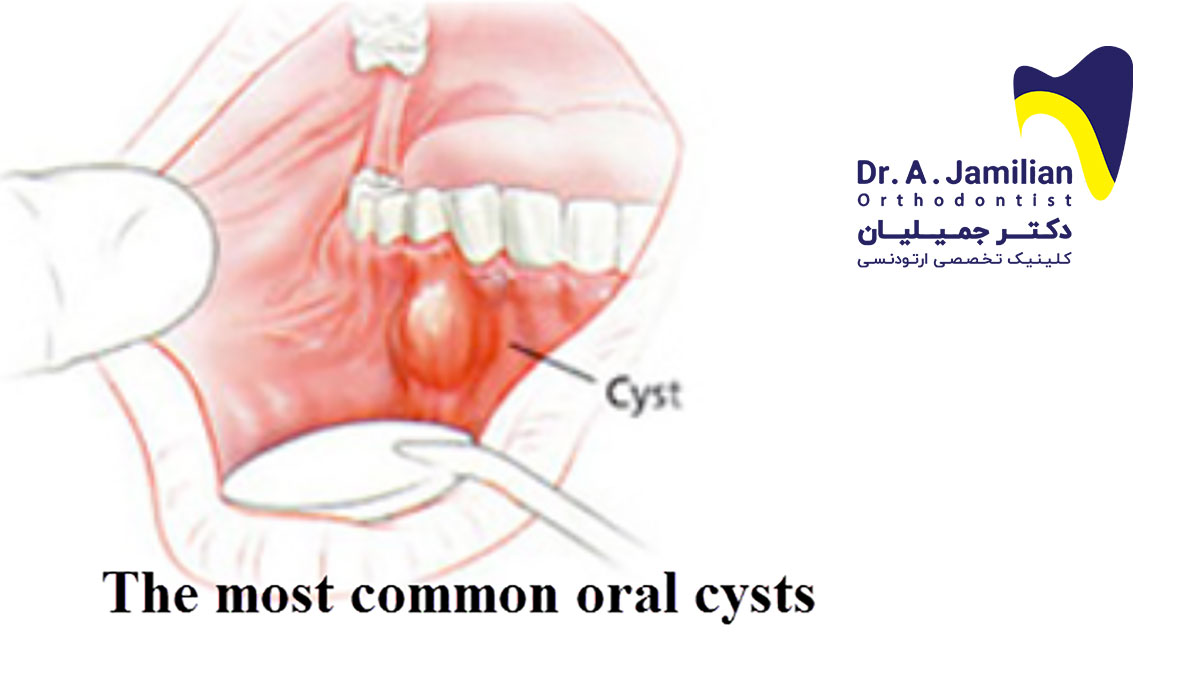
Thank you for this! It helps.
I hope you are healthy and successful.